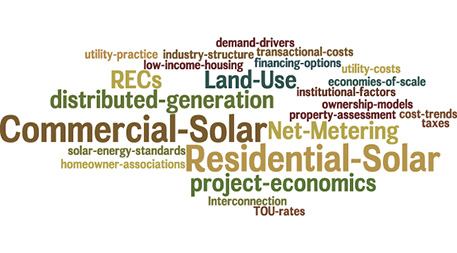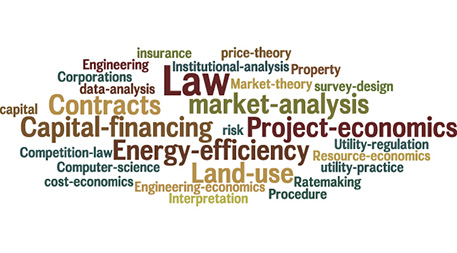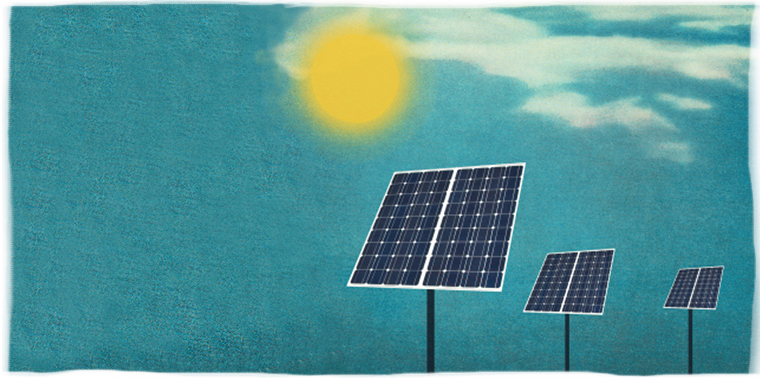April 15, 2013 — In 2013, policy makers across America seem to be discovering solar energy. Long the darling of environmentalists, back-to-the-land hippies and clean-tech entrepreneurs, solar power is inevitable, and policy makers are suddenly realizing that. It’s absolutely clear to engineers, grid managers and solar manufacturers that what Steven Chu said on March 24 is true: Solar photovoltaic will be cost-competitive with fossil fuels — without government subsidies — within the next decade. It’s inescapable.
Energy wonks like to talk about distributed generation — local power production and supply that’s suited to the needs of a specific home, business or community where it’s located. Local power supply can help reduce the level of investment needed for infrastructure to transmit energy across the landscape, knitting together the electric grid. When solar is added to the energy mix, it usually takes pressure off the grid, making the grid more efficient and enabling it to move more power.
Solar consistently beats everyone’s best estimates on price. The consensus of the experts is that each year calls for a new consensus.
One thing is clear: Solar energy is massively distributed. The sun is strong enough to generate energy anywhere plants grow. Advocates of natural gas love to boast that the U.S. has enough domestic natural gas to last more than 100 years. Scientific consensus is that our sun won’t begin to fade for 5 billion. In terms of utility resource planning, that’s mathematically infinite.
The boundless potential of solar power is driving ruthless worldwide competition for market share, resulting in a huge overbuilding of manufacturing capacity and an 80 percent plummet of solar panel prices in recent years. Currently, up-front solar panel costs aren’t quite competitive with other power sources in most energy markets, but solar has rock-bottom running costs everywhere. And its reliability is unparalleled, establishing its credibility from outer space to buoys in the North Sea.
Solar consistently beats everyone’s best estimates on price. The consensus of the experts — Barclays, Citigroup, Deutsche Bank, Goldman Sachs — is that each year calls for a new consensus. You might be surprised to learn that the next big cost reductions will not be in the cost of solar panels. Rather, they will come from reductions in the cost of the installation, as well as from reductions in the bureaucracy that governments create and the red tape and hassle of connecting to the electric grid. Because Germany took such steps, solar today costs half as much in Ulm and Berlin as it does in New Ulm, Minn., or New Berlin, Wis.
Yet, according to the Rocky Mountain Institute, transforming the grid with solar is an example of what Horst Rittel and Melvin M. Webber called a “wicked problem” in the 1970s. It’s like trying to “rebuild an airplane in mid-flight.” Fresh Energy, where I am executive director, spent a year studying the barriers and obstacles to solar and pairing them with practical solutions. These word clouds tell the story.

Obstacles to solar power, as shown through a word cloud developed by Fresh Energy after a year of study.

Practical solutions to the barriers of solar power, as shown through a word cloud developed by Fresh Energy.
But the solution to driving down the cost of solar can be summed up with one simple word: deployment. Policy makers can uncover solutions in the word clouds that help speed up deployment of solar PV — attracting private capital, driving installer efficiency and cutting the transaction costs and friction caused by bureaucratic government and utility policies. And they should, because in spite of the barriers, cost-effective solar power everywhere is inevitable, and it’s always good to be on the right side of history. ![]()
Editor’s note: The views expressed here are those of the author and not necessarily of Ensia. We present them to further discussion around important topics. We encourage you to respond with a comment below, following our commenting guidelines, which can be found here. In addition, you might consider submitting a Voices piece of your own. See Ensia’s “Contact” page for submission guidelines.
Ensia shares solutions-focused stories free of charge through our online magazine and partner media. That means audiences around the world have ready access to stories that can — and do — help them shape a better future. If you value our work, please show your support today.
Yes, I'll support Ensia!
